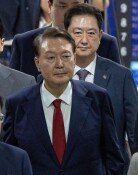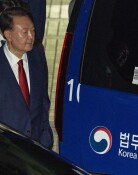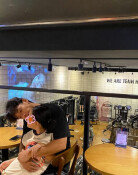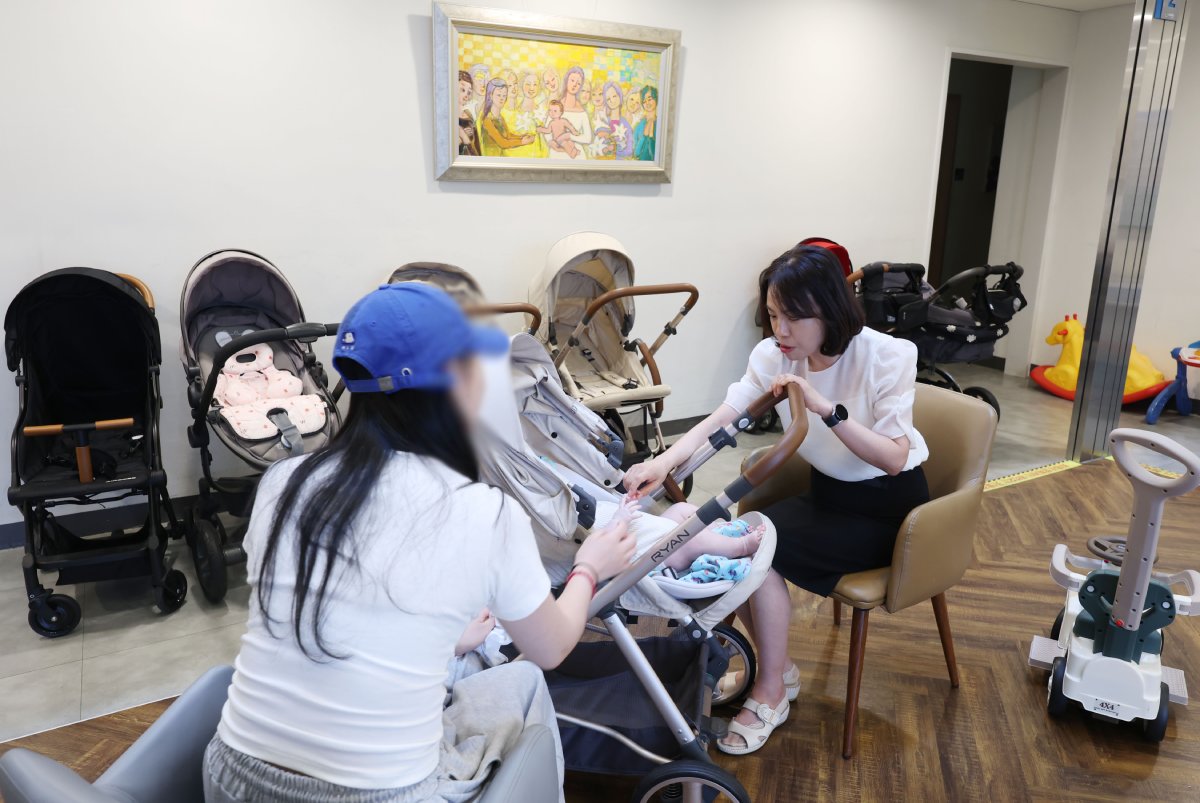[Opinion] Last Traces of Gwanghwamun Gate
[Opinion] Last Traces of Gwanghwamun Gate
Posted November. 22, 2007 03:19,
You are alive only when you remain intact; you are done with your job only when you collapse. The sound of the gate being destroyed with hammers echoed through the ridges of Mount Bukak and saddened the hearts of Koreans, wrote Seol Eui-shik in a column titled Gwanghwamun is Being Demolished in this newspaper in August 1926. Seol served as editor-in-chief of Dong-A Ilbo before he was forced to retire due to Dong-As obliterating the Japanese national flag on the uniform of Korean marathoner Sohn Gi-jeong, and he was reinstated after Koreas liberation.
During its colonial rule, Japan moved the front gate of Gyeongbok Palace and rebuilt it north of Geonchunmun (near the present-day National History Museum) so that the newly constructed Japanese Government-General building could overlook Yukjo Street. Yanagi Muneyoshi, a Japanese connoisseur of Joseon art in the colonial period, said about the incident, The gate was destroyed by those who do not understand the perfect harmony between nature and artificial structures. They are rushing to finish their monstrous government-general building that has nothing to do with oriental architecture. He was a Japanese national who expressed his anger and sadness over the gates destruction, even though he did not share the same sentiments with Koreans about Japanese colonial rule.
Gyeongbok Palace was used as the official royal residence for a limited period of time, which has a lot to do with Japan. King Taejo Lee Seong-gye constructed it, but ever since the Japanese Invasion in 1592, the King stayed mostly in Changdeok Palace. Daewongun (King Gojong`s father) came back to Gyeongbok Palace at the end of the Joseon Dynasty after Empress Myeongseong was murdered by Japanese assassins, leading King Gojong to move to the Russian Consular Office. When he came back from the consulate, he moved to Gyeongun Palace (the former name for Deoksu Palace), had his coronation ceremony there, and never went back to Gyeongbok Palace.
Today, construction of Gwanghwamun is taking place even though former President Park Jeong-hui rebuilt Gwanghwamun in 1968. It was erected on the wrong location and with concrete, however. Controversy remains over traces of the gate when it was first built and when it was renovated, but I believe that the preservation of the property should come before anything else.
Heo Seung-ho, Editorial Writer, tigera@donga.com







